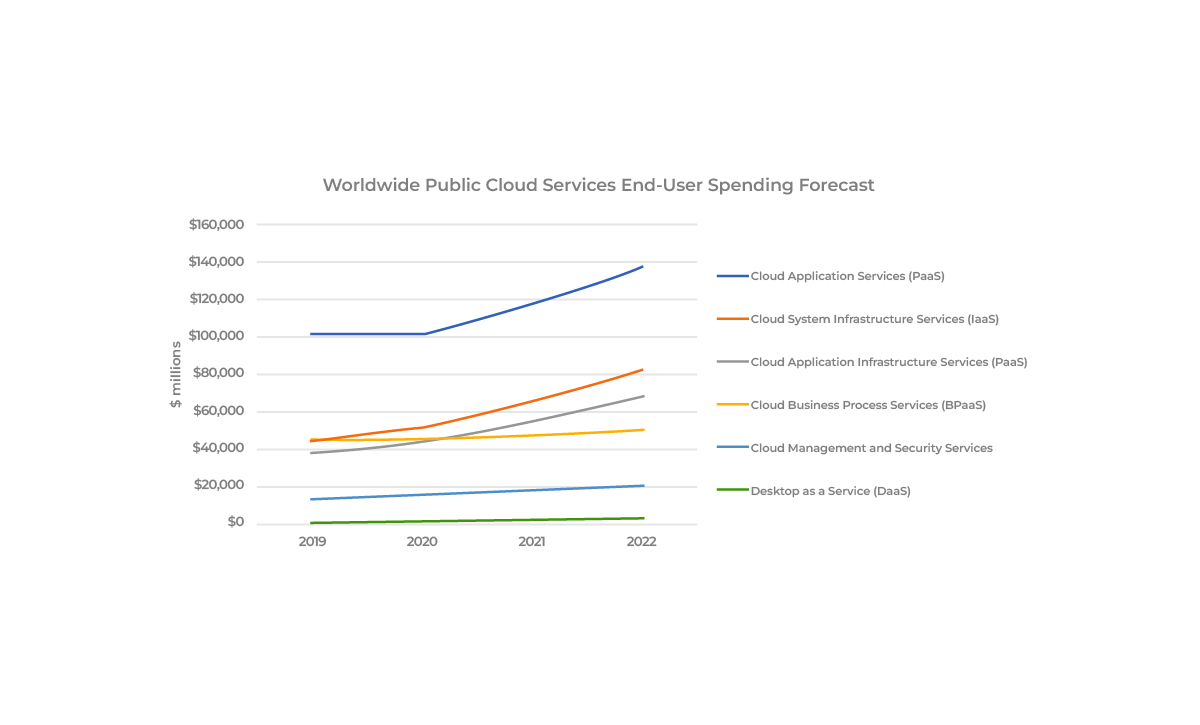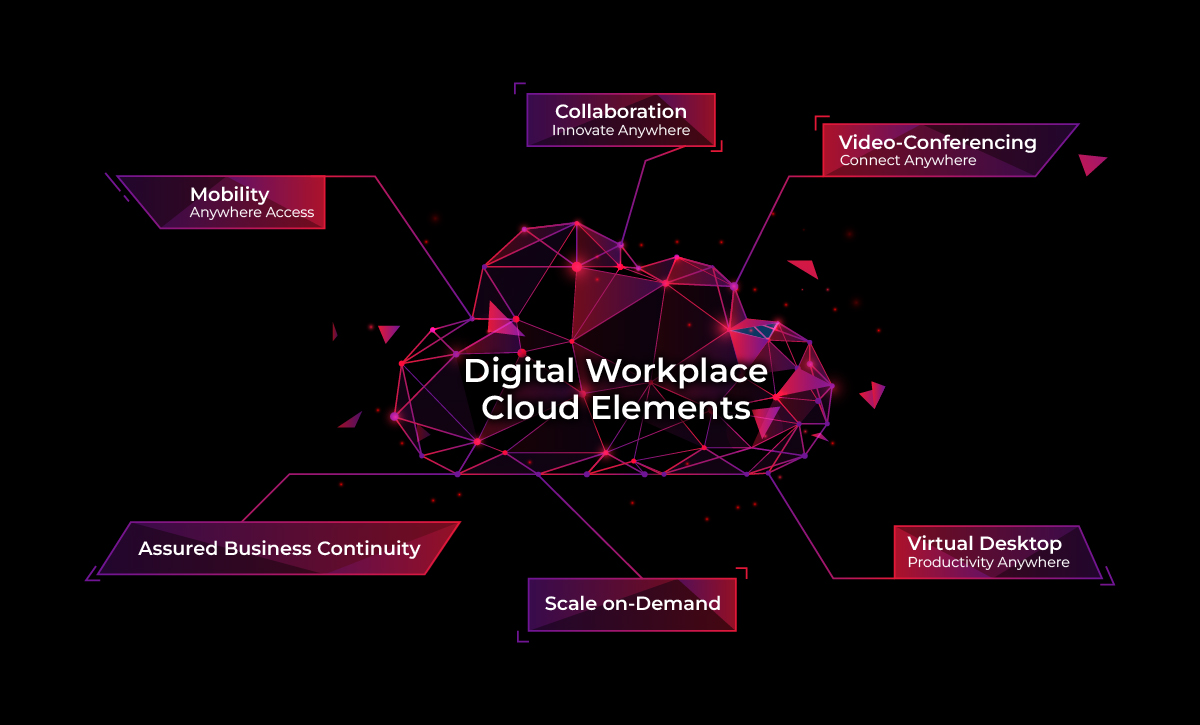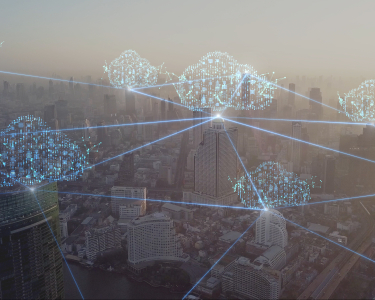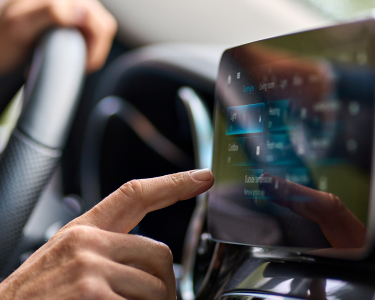Scale at Speed™
Digital Workplace 3.0: Responding to the New Normal

Will this new year 2022 be different than what it has been when it comes to pandemic? With majority of us already returning to work, if not workplace, indeed, many organisations are still preparing for the “new normal”. In past years, the pandemic tested the enterprise readiness with challenges such as business continuity, Employee productivity, employee experience and even several lapses in security. As an individual also, when we look at the year back, we saw pretty much a year of silos, limited movement, job loss, reduced growth and even lots of personal loss.
The unforeseen demand of dependency on technology made many enterprise leaders completely reshuffle their priority and tested their ability to adopt to this change swiftly. I understand digital workplace (DWP) as experience of user with extreme reliability of workplace as a platform as we see in consumerized world that drives user to bring more business outcome, but can existing strategy and roadmap enable this even in new normal?
IT continues to act as enabler and needless to say, enterprise IT struggled to respond to the employee need in this sudden change in way we were working. This pandemic made the end user persona vital rather than optional with the evolution of the “remote worker” persona. I understand that the digital workplace philosophy still need to undergo major shifts, keeping remote work at the core of its strategy that would help evolve a new kind of hybrid/home office.
What the Digital Workplace 3.0 would look like…
Our perspective of DWP 3.0 is all about adopting the new way of working making the business-related activities possible from anywhere. This is not to be considered an optional enhancement but more of a mainstream component that does not compromise on user experience and “Zero Trust” when it comes to security policies and control. We call this DWP 3.0 because the pandemic has transformed the office space into a virtual workplace today.
We see the following five key elements that will be essential for DWP 3.0:
- Modernize Legacy and Leverage Cloud First
Many industries suffered the unprecedented loss of revenue specially in the industries which were depended on more high touch but also, who were less prepared when it comes to modernised, digital and cloud enabled infrastructure and workplace service such as leisure and hospitality, manufacturing, retail trade, construction. DWP 3.0 will have priority to modernize legacy platforms used in day-to-day business function and adoption of cloud such as SaaS, PaaS and IaaS.
Additionally, cloud computing — which was already on the rise thanks to the reduced operational costs and increased efficiencies it provides — will continue to become more popular. Solutions like process automation will help streamline tasks that used to require tedious in-person or manual labour, further enabling the new era of cloud working. Lastly, organisations will rethink physical office spaces, downsizing and maximising remaining space for in-person collaboration when needed
According to a report from Gartner® and chart prepared by ZDnet based on this report, we see a sharp increase in adoption of SaaS, IaaS and PaaS.

- Home Office as the New Workplace
After abrupt transitions to working remotely in past years, organizations will hit their stride in 2022. Remote employees experienced technological and hardware challenges this year due to the limited technological resources, slow wi-fi connections and inadequate workspaces in their homes. Yet at the same time, most knowledge workers are more productive at home than they were in the office.
We clearly see six workloads or core digital workplace elements that enterprise should prioritize to move to cloud and better prepared for new normal.

- Universal Collaboration with Freedom of Choice
The ability to communicate in real-time is what brings people together. As smartphone use has grown over the last decade, our reliance on these devices as the primary communication mechanism has grown exponentially. According to statistics from TechJury, a business software review site, there are 3.5 billion smartphone users around the world and 77% of Americans now have smartphones.
Before COVID-19, it was not uncommon to see people in public staring into the screen of their smartphone, watching videos, texting, gaming and talking with one another. Since the pandemic began, smartphones have taken on a new level of importance as a way to stay connected in a socially distanced world. A Twigby report indicated that there has been a 37% increase in texting and a 32% increase in video calling since social distancing practices were put into place.
IoT, 5G will be key elements in this space to make the communication platform more reliable, stable and make employee realize the true virtual digital workplace.
- Prioritization of Employee Experience
In DWP 3.0, experience can never take a back seat as it is directly linked to business outcome, growth or organisation and retention of great talents. One of the main reasons employees have been more productive from home is their improved work-life balance. They’re spending less time commuting and more time interacting with family or engaging in personal hobbies. As a result, they’re feeling more engaged and productive on the job.
Now that companies have the data to prove remote work positively impacts productivity, they’ll be open to long-term flexibility options that improve the employee experience, including permanent remote work, hybrid work environments and shifted hours to accommodate childcare responsibilities. Tech giants like Microsoft have already unveiled such plans, and many more are sure to follow suit.
- “Zero Trust” Security with Ever-Connected Workplace
Cybersecurity has already gained momentum with adoption of cloud but now, the remote work and growth of home office requires a fresh look on how we manage the security and compliance for enterprises. DWP 3.0 will be enabled by merger and tighter integration of security much beyond traditional endpoint security to data protection at rest and in transit. 2021 saw enterprises sprinting toward digital transformation finish lines, and 2022 will certainly have its fair share of bumps in the road. But after nearly a year of remote work, organisations are now positioned to fine-tune organisational processes and digital strategies, creating a future of work that better supports both the employee and the enterprise.
One recent study found that remote workers have caused a security breach in 20% of organisations. In 2022, businesses will work to improve employee education and adopt more comprehensive cybersecurity strategies like zero trust. It is impossible to have DWP 3.0 without Security as its core component.
The Road Ahead
When looking for a DWP 3.0 platform, consider tools and technology that are accessible via heterogenous devices to allow employees to stay in contact no matter where they are located. Optimally, platforms should also support home office, business outcome from anywhere and a very reliable platform enabled with "Zero Trust" when it comes to data protection.

Chandra is a passionate “Technology Enthusiast” who follows the New & Blue in this “Digitally Dynamic World” along with the profession of a Digital Workplace -Regional Head (North America) in Tech Mahindra. Almost 16 years of experience in Digital Workplace covering almost all areas starting from Service Delivery, Centre of Excellence (Digital Workplace Practice) and DWP Presales Solutions for customers with various scale and industries.








